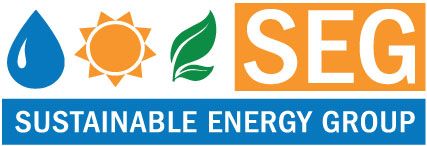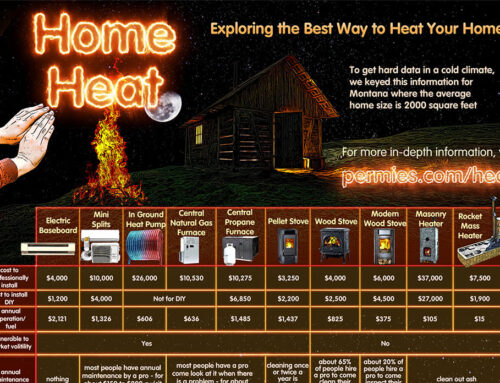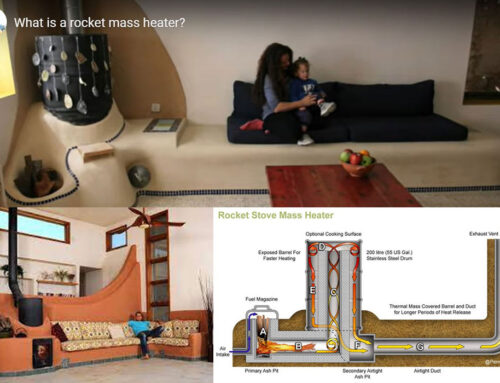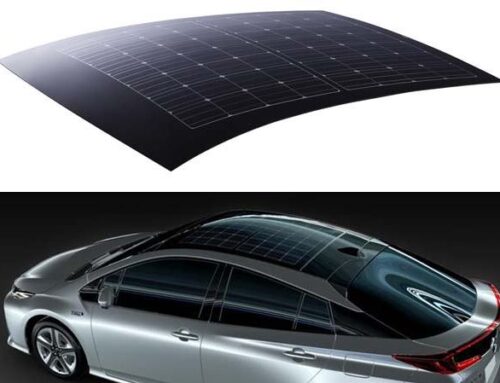The Future of Farming Is Looking Vertical
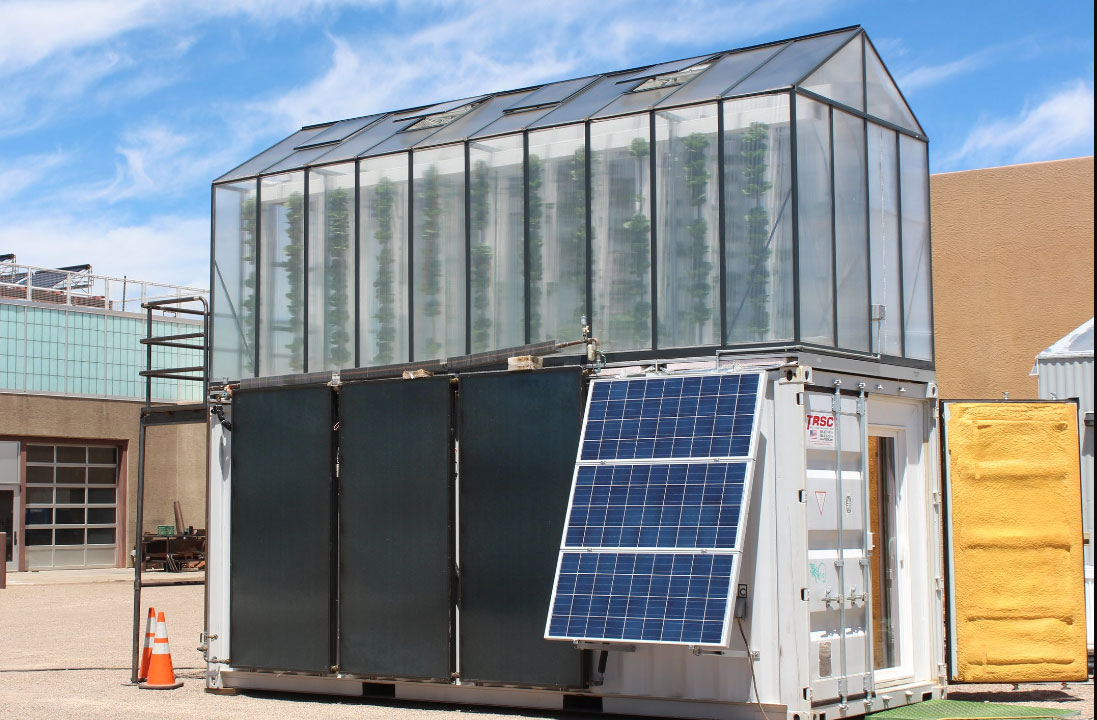



Imagine if you were snowed in, but you could still make it out to your greenhouse garden for a fresh salad? Imagine if you had a sauna attached that helped heat the greenhouse and left some space to read or do some stretching? Not only that, but imagine it to be solar powered, with a backup power source like a battery, where when power was out in your community you could also share this food and space with others?
This is a dream SEG has for our Sierra Foothills. Can we make this happen together? Can our resources and manpower help maintain your power systems and gardens? Give us a thumbs up or a shout out if you like the idea!
Let’s dive into vertical farming
As the population continues to grow, the demand for food is also increasing and our supply chain is straining. We have to optimize the land we already farm, continue to farm it in a positive ecological way and support the local farms to help keep their land. Projects stewarded by the Bear Yuba Land Trust like Forever Farms and events like the Sustainable Food and Farm Conference coming up March 3rd hosted by Sierra Harvest are great places for our people to plugin, learn and support.
Another side of this type of local agricultural support and development is also a push for technological innovation to help our local food security. There are possibilities for using technology to maximize land and create controlled environments that can withstand the pressure we have seen due to changing weather and lack of local fresh food in the winter months when our ground is frozen. Our reliance on far away shipping and distribution is a weak part in the food chain in our region. Even though we are close to one of the most fertile areas in the world, outside forces and agreements can make it difficult to get food in difficult times.
One idea of a way to meet the demand for year-round local food is through localized, indoor, vertical farming. Vertical farming is a method of growing plants in stacked layers in a controlled environment with light or sun or a mixture of both.
Vertical farming has several benefits which are not realized in most outdoor farming methods. First, it allows for year-round crop production, as the controlled environment allows farmers to control the temperature, light, and other factors that affect plant growth. This means that farmers can grow crops even in areas where and when outdoor farming would be difficult or impossible.
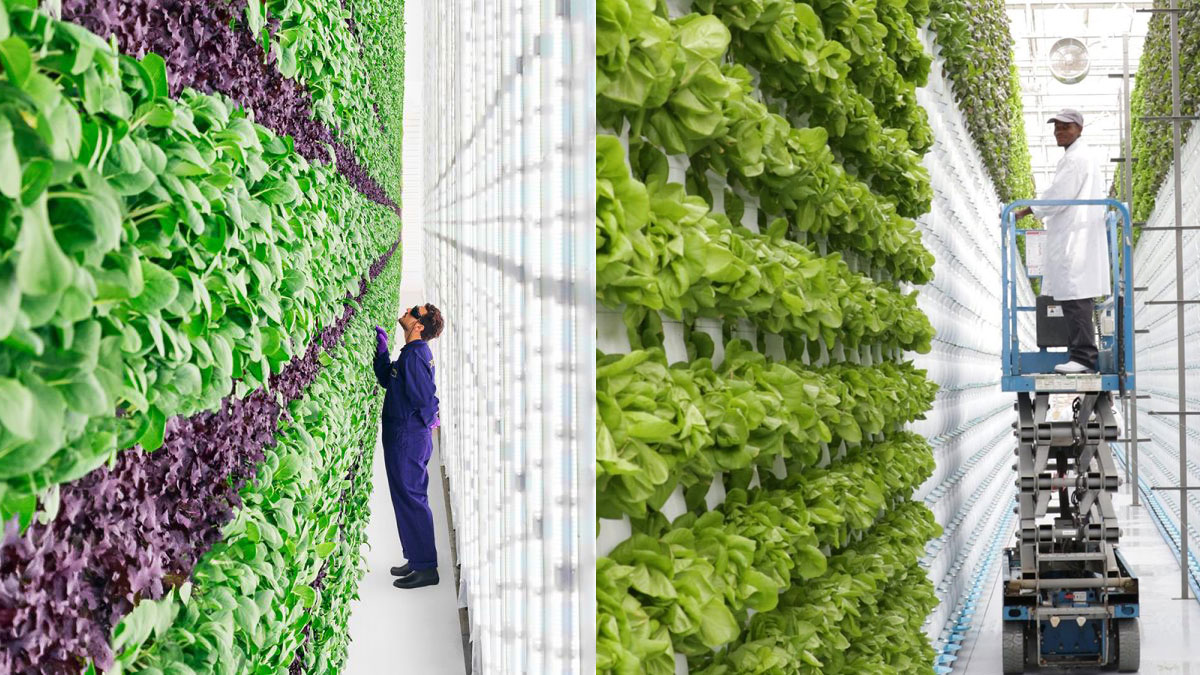


Another benefit of vertical farming is that it uses significantly less water than traditional farming methods. Because the plants are grown indoors, farmers can recycle and reuse water, reducing the overall water usage. This makes vertical farming an environmentally friendly option for growing food especially when we are experiencing drought and water shortages in our area.
Vertical farming also allows for removal of pesticides and herbicides, as the controlled environment reduces their need. This means that the food grown in vertical farms is not only fresh and nutritious, but also free of these harmful chemicals.
One other benefit that is often stated, is that vertical farming can be done in higher population areas, reducing the need for transportation and decreasing the footprint of the food supply chain. This allows for fresh and more locally sourced food options for in town/city residents. Although some of the more dense areas are not quite cities, like Nevada City, other areas could benefit from localized food production in city centers like Auburn. In my opinion what these controlled vertical farmers can bring to our community is the ability for our residents to grow food year round. We can use abundant solar energy to power the lights and pumping systems and create more resilience in our local food chain if things do go wrong.
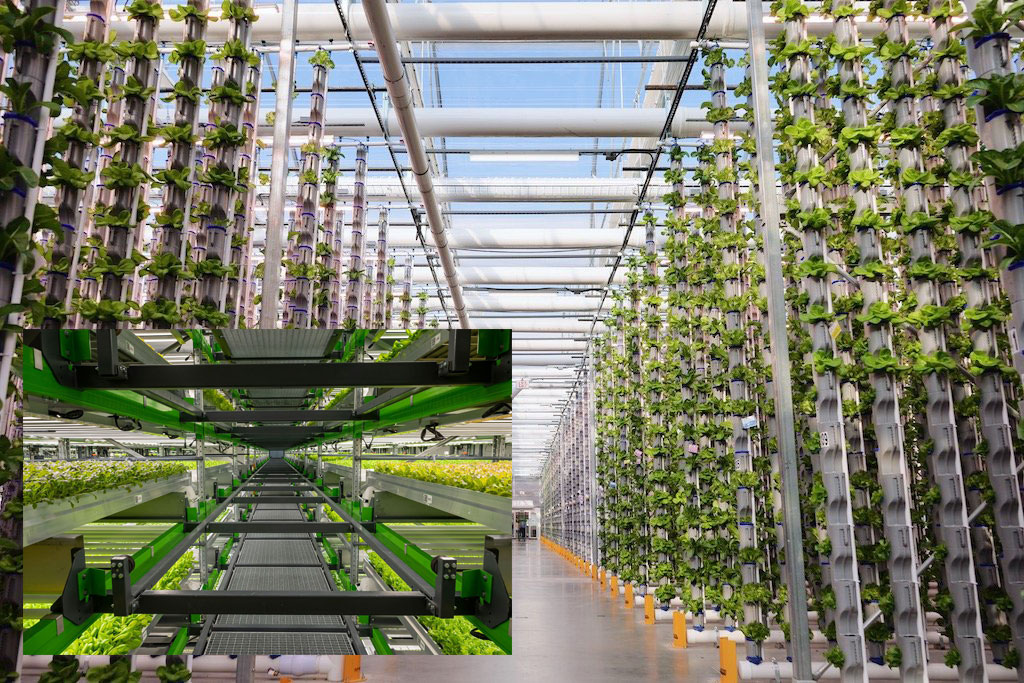


Some other innovations that I am seeing are cameras that can visually examine how plants are growing and adjust nutrients and water to help plants are visually struggling. Sensors are also being used to detect how much nutrients come back in the recycled water and are automatically being added back to the water to keep them at optimal levels. Lights are able to change position and spectrum to mimic the sun color spectrum at sunrise and sunset with corresponding light recipes tailored for each plant. All of these ideas have space for innovation and if we can improve them a bi-product will be using less energy and producing less waste per pound of produce.
Although this makes the organic soil gardener in me cringe, I do see it as part of our agricultural future. To me the idea that pesticides and herbicides do not have to be part of the equation is what makes me a supported of at least seeing this through and actually learning to use some of these techniques in my own garden. I feel controlled environment growing is happening regardless if we like it or not. The personal question is, “How can we do it better and more sustainably?”
More sustainable concepts are already in the works and have been so for a long time. Concepts like incorporating fish into these systems to create the nutrients for a closed system of vertical farming and controlled environment growing. Below is a shipping container has a simple and elegant design using concepts of Aquaponics. In our climate on our land I would try and add a heat source like a sauna, underground pipes or even some sort of radiant heating captured from our fire places.




Vertical Farming however, is not perfect
Although vertical farming has it’s positives it is however not perfect and here are Sustainable Energy Group, we don’t greenwash. Those challenges are ripe for innovation. One of the biggest challenges are that the nutrients of controlled environment grows are either chemically created or mined. Primarily the nutrients NPK, Nitrogen, Phosphorus and Potassium. These are used in controlled systems a because they are easily dissolved in water and easier to control the how much of each are added to the solution. The major challenge is that these nutrients are come from outside of our region. Like any developing technology issues like these have are ready for solutions. Compost teas, or liquid compost or worm tea in organic forms of NPK are possible. Aquaponics using fish to fertilize are possible too. These possibilities are there but because they are organic they vary in nutrient concentration and because they are living in some cases that can create other challenges. Can we standardize organic water soluble nutrients that don’t bring pests, disease or other problems to indoor controlled environment?
The definition of organic is that it involves soil, so often times in Organic circles controlled environment growing is said to not be Organic. I get that. I am for both. I would also prefer people to eat food without harmful pesticides and herbicides. Check out some of the debates online if you’d like to dive deeper.
In conclusion, vertical farming has the possibility to be an innovative and sustainable method of growing food to help meet the increasing demand for food as the population grows. It offers year-round crop production, uses less water, and stacks the growing to produce more in a smaller area. It can also eliminate the use of pesticides and herbicides, and can be done in areas that would not normally considered ideal for growing. Like our backyards in the middle of winter!
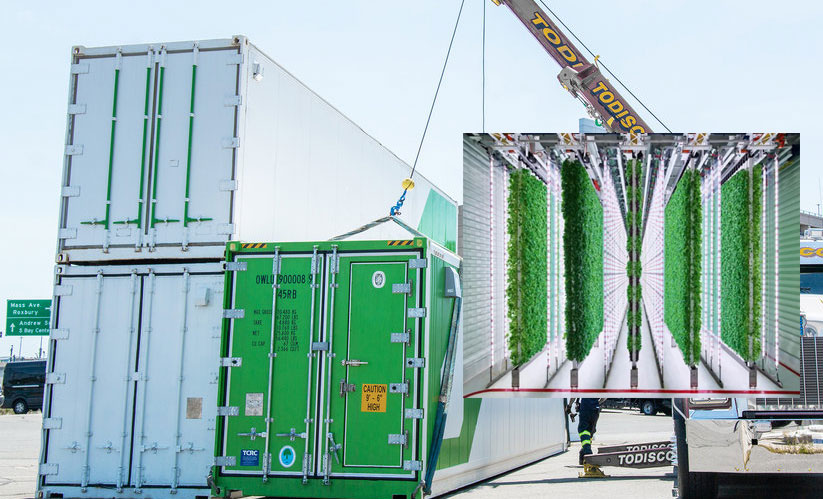


To state it briefly in bullet points:
Vertical farming is a revolutionary solution that is gaining popularity as a way to grow food in a sustainable and efficient way.
Vertical Farming is:
- A method of growing plants in a controlled environment, such as a multi level structure or warehouse.
- Plants are grown in stacked layers, using LED lighting and a hydroponic system to provide the necessary nutrients.
- This method of farming uses significantly less water and land than traditional farming methods.
Benefits of Vertical Farming:
- Increased yield: With vertical farming, it is possible to grow a much larger quantity of food in a smaller space for certain crops.
- Reduced water usage: Vertical farming uses a closed-loop hydroponic system, meaning it recycles water and reduces overall water usage.
- Pesticide-free and Herbicide-free.
- Year-round production: With controlled lighting and temperature, vertical farming allows for the growth of crops all year round.
“Vertical Farming in Action”
- Example of vertical farming: AeroFarms is a vertical farm located in Newark, New Jersey. They use a patented aeroponic system and LED lighting to grow leafy greens, herbs, and microgreens.
- Another example of vertical farming: Plenty is a vertical farm located in South San Francisco. They use a proprietary vertical farming system to grow a variety of fruits and vegetables.
“The Future of Vertical Farming”
- Potential for vertical farming to revolutionize the food industry: With the ability to grow food in urban areas, mountain sides and areas with pour growing possibilities, vertical farming could greatly reduce the need for long-distance transportation of food.
- Investment and innovation opportunities: As vertical farming gains popularity, there are opportunities for investment and innovation in this growing industry.
- Every home in our area could have some sort of controlled/indoor growing environment.
Innovation on the challenges in vertical farming is already underway, using sustainable energy like solar to power them, underground piping and composting techniques for heating and heat shedding, organic formulations for nutrients, and technology in lights, sensors, ai, robotics and automation.
What do you think? Tell us on the SEG Facebook Page and other social media platforms.
